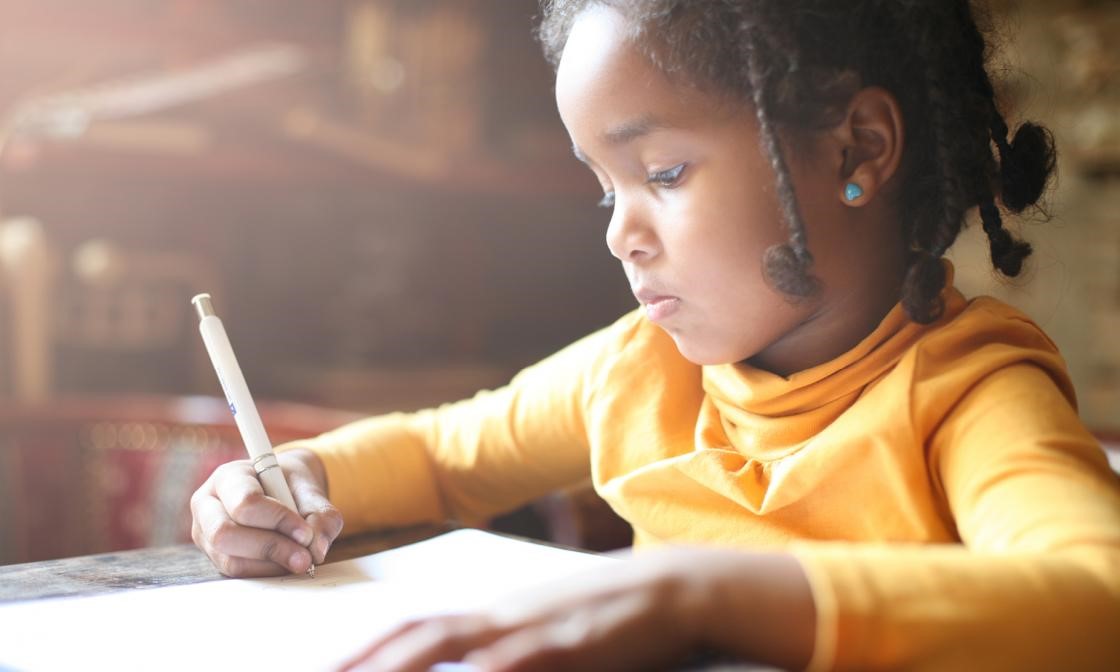Insight
Education post-pandemic - an opportunity to do things differently

Date Published
16/06/2020
Reading time
5 minutes
Covid-19 has forced schools, colleges and universities to transform education delivery worldwide.
After almost 500 years of schooling following similar methods, characterised by face-to-face information sharing in classrooms followed by learning and testing on recall, teaching has adapted to embrace a new world – and students have had to adapt. Does this new world exacerbate the inequalities of our education system, or present us with an opportunity to eliminate them?
Schools have a long history in the UK. The oldest English one – King’s School in Canterbury – was founded almost 1,500 years ago in 597. Church choir schools and grammar schools began teaching boys in Scotland in the Middle Ages and grammar schools were established in Wales to educate the sons of merchants during the 16th Century. Education’s content and the way it is structured across the UK have changed many times since then, but the way it’s delivered has stayed much the same.
There have been some attempts in the past to change the delivery method, but they’ve not always been successful – the Open University is a great example of enabling people to learn at home, while Massive Online Open Courses have been dishearteningly unsuccessful, averaging a dropout rate of 96% over five years.
However, Covid-19 has forced our education system to change very quickly. During lockdown, students of all ages have had to learn independently, exploring different resources and managing their time effectively. This has suited some students, whose learning styles and level of parental support have allowed them to thrive at home, but disadvantaged others who prefer a group learning environment or don’t have easy access to vital equipment.
So what will this mean for the future of learning? Will schools simply revert to the old ways of teaching or will they build on the experience and continue to innovate?
When we consider what the new face of education might look like and what the best form of remote learning will be, it’s clear that Covid-19 presents an opportunity to challenge a centuries-old pedagogical model of an individual with knowledge imparting that knowledge to a group of people in a physical setting, usually a classroom, and do things differently.
Asynchronous learning is emerging as a popular approach among learners, with teachers posting activities online for students to complete at their own pace, by doing research on their own or in collaboration with classmates. In the future, learners are very likely to be using more blended learning materials and collaboration tools.
Peer-to-peer and self-directed, project-based learning are also challenging the traditional pedagogical approach. A richer set of processes are emerging, and learners can enrich their content by drawing on a diverse range of sources such as the internet, resources supplied by teachers, and the Government’s Oak Academy initiative.
It’s also very likely that assessment will move away from an emphasis on summative, externally validated assessment to more formative types of assessment and greater use of self-assessment.
Once students are back in at school, we’ll start to see some of the tools and techniques that they’ve adopted while they’ve been learning at home during the pandemic surface in the classroom, and their experience of what’s worked and what hasn’t will identify those that will shine through.
Head teachers and other educational leaders will then have to show real leadership by creating a digital-first culture and making sure that these new approaches are successfully blended with existing and equally valuable tools and techniques – to offer a rounded philosophy that works for all students’ learning styles.
It’s not just teaching methods that will have to change in the future – teachers will have to change too. Teachers’ workloads and their impact on retention has been a challenge since long before the pandemic, and they will become even more challenging when schools, colleges and universities reopen and try to get education back on track. Given the proven technology available, surely it is time for digital tools and robotics to take on administrative tasks and free teachers to teach and support their students.
Artificial intelligence could also provide valuable extra support to teachers, allowing them to focus on students who need to be challenged or supported more, while machine learning could help teachers to assess and mark more consistently. We've had automated marking of multiple-choice questions for quite some time but now, with the advances in machine intelligence, we’re likely to see these tools strongly supporting the delivery of teaching, learning and assessment.
Business has an opportunity to help to shape education in the future for the national interest – to make sure people get the skills they need for a high-growth, high-tech economy; by working with educational institutions to give learners experiences of workplace environments; helping to develop specialist skills at the right scale and pace.
We've already seen some great examples during the pandemic of students having access to industrialists and business experts, as well as their teachers online, providing input and giving them some insight into those industries. That expert delivery is critical to ensuring that the students of the future are prepared for the digital workplace.
There are many reasons to be optimistic about the future of learning, but we also need to be cautious. The Covid-19 pandemic has exposed fundamental structural inequalities, such as access to technology and learning content, that we will need to address to make technology-enabled education work for everyone regardless of circumstance or ability.
‘Network poverty’, a lack of access to adequate broadband in some parts of the UK, will amplify other forms of economic and social inequality unless it’s addressed urgently. Vulnerable learners will need to be properly supported. Teachers will need to adapt their teaching style to bring different groups of pupils with different traits and different levels of confidence into the learning discussions. And learning content must be accessible to everyone.
Covid-19 has opened the door to the education of the future and given us a glimpse of how educational establishments, teachers and students can thrive in the digital future – it’s demonstrated that we can teach and learn differently, as long as we provide the right access and support to improve outcomes for everyone.
Make an Enquiry
Contact us to enquire about our servicesOr, call us on 0333 300 1900

